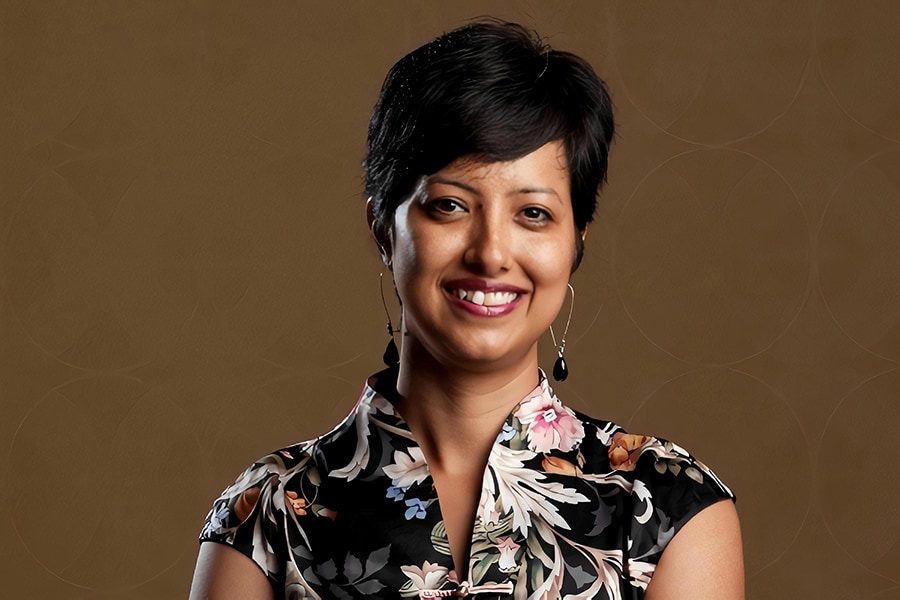
Storyboard18 - Food is as much a passion as fashion: Simeran Bhasin of Licious
Simeran Bhasin, VP - brands and new ventures, explains why Licious is a 'lifestyle brand' and how hyper regionalisation will play a huge role in the company's growth going forward
 Simeran Bhasin, VP - brands and new ventures, Licious
Simeran Bhasin, VP - brands and new ventures, Licious
In March 2020, fresh meat and seafood delivery brand Licious almost became a victim of fake news. A WhatsApp message that linked the spread of the coronavirus to eating chicken, made its founders Abhay Hanjura and Vivek Gupta nervous.
But, as it turned out, chicken emerged as the highest-selling food for the brand when India went into its first lockdown, followed by seafood and meat. In fact, the pandemic's impact on consumer behaviour gave Licious wings.
As people are adopting safer lifestyles and looking for more hygienic forms of food consumption, demand for products like Licious’s packaged meats is on the rise. However, it's still barely a drop in the ocean of India's unorganised meat and seafood market, estimated to be worth around $40 billion.
In 2021, Licious entered the unicorn club and the brand also roped in seasoned marketer Simeran Bhasin as VP - brands and new ventures to help with Licious’s pan-India expansion and strategic growth.
Over the past two decades, Bhasin worked across companies like Titan where she was the head of marketing and retail for Fastrack. She was also the chief marketing officer of the clothing and accessory brand Wildcraft. After years of building brands for other companies, Bhasin gave entrepreneurship a shot for four years with BRAG, an innerwear company. Now Bhasin is back and aiding other founders in realising their vision.






